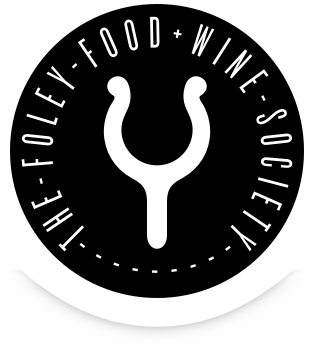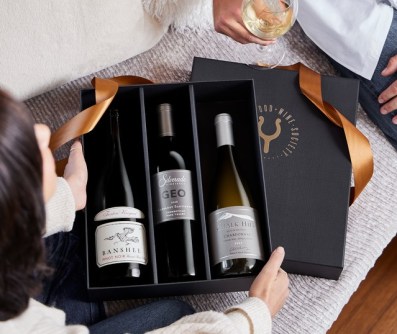The Basics of Pairing Wine with Food
Pairing wine with food may be intimidating to beginners, so we’re sharing a few basic principles to consider that will help you impress your guests at your next dinner party.
To begin, think about the weight or “body” of the wine. Consider pairing light with light and heavy with heavy. This serves to balance out the wine and food without one overpowering the other. You wouldn’t want to pair a heavy wine with a light dish and vice versa because it will make one seem underwhelming even if that’s not the case on its own.
Don’t forget to consider the sauce of a dish as well, because a light fish or pasta with cream sauce could overpower a light white wine. So, in this instance, pairing a heavy white such as Chardonnay would be an excellent choice.
There are two types of pairings. You have complementary pairings and contrasting pairings. Complementary pairings are pairings that mirror flavor profiles (i.e. acid and acid) or pairings that accompany each other (i.e. bitter and fatty). Contrasting pairings are pairings that contrast flavors (i.e. sweet and spicy; sweet and salty).
Think about the mood you’re in and if you want to complement or contrast flavors. For example, Riesling is a lightly sweet wine that would complement an entrée with fruit aspects such as pork loin and grilled peaches. Riesling would also contrast a spicy dish such as curry without taking away from the heat or the spices.
To make it a little bit easier to understand, consider that wine has five basic traits. They are:
- Sweetness
- Acidity
- Tannin
- Alcohol
- Body
Similarly, the five established basic tastes are…
- Sweetness
- Sourness
- Saltiness
- Bitterness
- Umami (or Savoriness)
Breaking wine and food down into their flavor components make it easier to pair them together. From the example above, Riesling (sweet) paired with pork loin and grilled apricots (sweet and salty) make it a delicious complementary and contrasting pairing in one.
It’s also okay to experiment. In fact, it’s encouraged. Contrary to popular belief, you don’t have to stick with white with white and red with red. While red wine typically has more tannins making it a good pairing with fatty red meats, a light-bodied, earthy red wine would pair beautifully with chicken marsala. The key is to really pinpoint the flavors of the wine and the dish. Again, that means to think about and break down the flavor components.
There is no such thing as a wrong pairing. There will be pairings that you like and your friends don’t and there will be pairings that an expert puts together that you don’t think taste great. If you personally love the flavors of Malbec with buttery lobster, then that means it’s a successful pairing. Don’t worry too much about getting that perfect pairing because wine and food is not meant to be stressful. Wine and food is supposed to bring people together and be enjoyed.
Click here to view some of our favorite recipes and wine pairings!




